
A Comprehensive Guide to Filing Shareholder Resolutions for U.S. Public Companies
A Comprehensive Guide to Filing Shareholder Resolutions for Public Companies in the U.S.
In the United States, the operation and management of public companies must adhere to a series of strict legal frameworks, one of which is the filing of shareholder resolutions. This filing system aims to ensure transparency in the company's decision-making process and protect the legitimate rights and interests of shareholders and stakeholders. In recent years, with changes in the global business environment and increasing demands for transparency from investors, understanding how to properly handle shareholder resolution filings has become particularly important. This article will explore this topic from multiple perspectives, including its background, process, key considerations, and case studies from actual practice.

Background and Significance
A shareholder resolution is a formal record of decisions made by a company on specific issues. It is typically formed after voting at a shareholders' meeting and serves as an important basis for future actions of the company. In the U.S., federal securities laws such as the Federal Securities Act and state corporate laws provide detailed guidelines for public companies. For example, under the Delaware Corporation Law-chosen by many American listed companies-a major decision must be approved by the board of directors and submitted for review by all shareholders.
The importance of shareholder resolutions is reflected in several aspects first, it can indicate whether the company’s management is effectively fulfilling its duties; second, it helps enhance investor confidence, especially when dealing with sensitive issues like dividend policy adjustments or mergers and acquisitions; finally, well-prepared resolution documents can also serve as strong evidence in legal disputes or other controversies.
Process Details
So, what exactly does a typical shareholder resolution filing process look like? Here are the general steps
1. Proposal Submission The board or management drafts the proposal, clearly specifying the terms of the discussed matter.
2. Notification to Shareholders Send meeting notices and related materials via email or postal mail to all eligible shareholders.
3. Holding the Meeting Hold the shareholders’ meeting at the scheduled time, introduce the proposal, and accept questions from shareholders.
4. Voting Collect shareholder opinions through either on-site voting or online voting.
5. Resolution Formation Announce the final resolution after tallying the results and document it.
6. Filing and Archiving Submit the formed resolution text to relevant departments for registration and preservation.
It is worth noting that ensuring the accuracy and authenticity of information throughout the entire process is crucial. For instance, if a tech giant plans to issue additional shares, it needs to detail the number of new shares, pricing mechanisms, etc., so that each shareholder can fully understand the potential impacts of such actions.
Considerations
Although the above process seems straightforward, there are still many challenges in practice. On one hand, due to the large scale and wide distribution of modern enterprises, how to efficiently contact every shareholder is a major challenge; on the other hand, with the development of electronic signature technology and online voting platforms, ensuring the safety and legality of these new tools has also become a pressing issue to be resolved.
Special attention should also be paid to handling certain special situations. For example, when an emergency arises requiring quick decisions, the written consent procedure can be used instead of the traditional face-to-face meeting model. However, even in such cases, it must be ensured that all participants are informed beforehand and have no objections.
Case Study Analysis
To better understand the application scenarios of the aforementioned theoretical knowledge, we can refer to a recent case involving Tesla. In early 2025, the company adjusted its annual budget allocation plan. At that time, Tesla proposed increasing RD spending to 15% of total revenue while reducing marketing expenses. This proposal sparked strong opposition from some small and medium-sized shareholders who believed it could damage the brand image. Eventually, after multiple rounds of communication and negotiation, both parties reached a compromise, agreeing to reduce the RD ratio to 13% while keeping the original marketing strategy unchanged.
From this example, it can be seen that successful shareholder resolutions not only depend on reasonable proposal design but also require attention to balancing various interests and timely and effective communication.
Conclusion
In summary, the filing of shareholder resolutions for U.S. public companies is a complex yet meticulous task. It is both a test of corporate management standards and an important indicator of the maturity of the capital market. For companies hoping to enter international markets, mastering this skill undoubtedly holds significant implications. Looking ahead, with continuous advancements in technology and societal changes driving updates to laws and regulations, this field will undoubtedly see more innovative solutions emerge.
Helpful (0)
No help (0)
Still have questions after reading? More than 98,000 users have contacted us. Please fill in the following information to obtain business information.

Previous Article
How to Extract Business Scope Information of U.S. Companies From Relevant Documents
May 13, 2025Next Article
Comprehensive Analysis of Required Documents for Registering a Company in Ohio, USA
May 13, 2025Service Scope
MoreRecommended for You
- Must-Know Details Steps for Registering a Company in Singapore!
- The Allure of Registering a Company in Singapore Why It’s the Top Choice for Startups?
- Step-by-Step Guide to Company Registration in Singapore Preparing Documents and Procedures Explained
- Registering a Company in Singapore The First Step Toward Globalizing Your Business!
- VIE Struct. Equity Tax Handling Are U Sure U Get It? Solving Tax Challenges in 1 Read
- Must-Know Steps Tips for Starting a Company in Singapore
- How to Register a Company in Singapore A Step-by-Step Guide to the Required Procedures
- Guide to Registering a Company in Singapore Must-Know Steps Details!
- Revealing the Entire Process of Starting a Company in Singapore - Entrepreneurship Isn’t That Hard!
- The Real Deal Behind Registering a Company in Singapore Hidden Challenges Risks No One Tells You!
- How to Register a Foundation Company in Singapore Key Steps Things to Watch Out For!
- Audit Cost Insights for Singapore Companies Key Factors and Market Trends Explained
- How to Start a Company in Singapore as a Foreigner? A Comprehensive Guide to the Registration Process and Secrets!
- S’pore vs HK Banks Which Is Better for Wealth Management? Find Out the Smart Choice
- How to Easily Open a Singapore Bank Account in Mainland China? Ultimate Guide + Practical Tips
- What's It Really Like to Start a Biz in Singapore? Full Breakdown from Registration to Operations
- NRA Bank Confirmation Revealed Secrets You Must Know About Different Account Types
- How to Smoothly Open a Singapore Bank Account in China? A Guide to the Process and Key Points to Note
- U.S. Embassy in China Consular Section One-Stop Service, How to Process Notarization More Efficiently?
- How to Open a US Bank Account for a Hong Kong Company? Essential Requirements Explained!


 ONE
ONE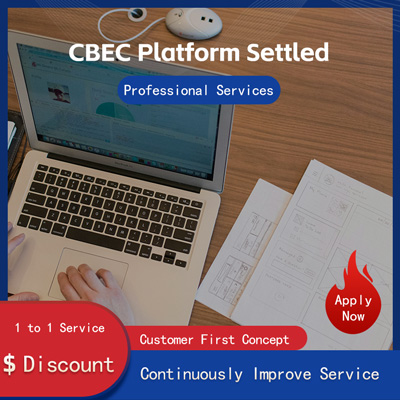



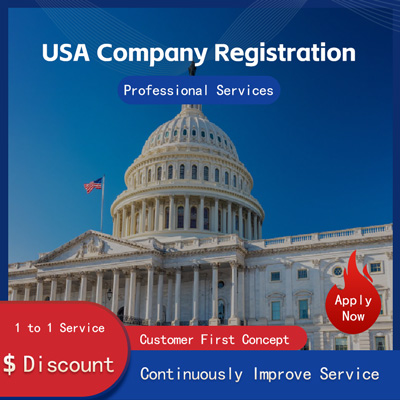

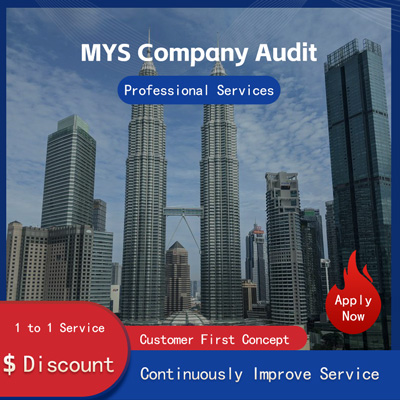
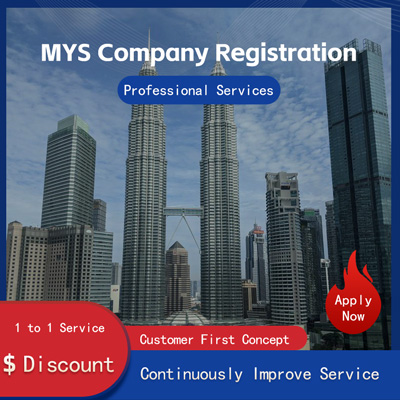
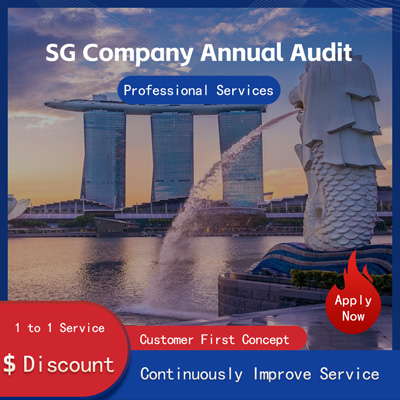
Customer Reviews
Small *** Table
December 12, 2024The experience was very good. I was still struggling to compare it with other companies. I went to the site a few days ago and wanted to implement it as soon as possible. I didn't expect that everything exceeded my expectations. The company is very large, with several hundred square meters. The employees are also dedicated and responsible. There is also a wall of certificates. I placed an order on the spot. It turned out that I did not make a wrong choice. The company's service attitude is very good and professional. The person who contacted me explained various things in detail in advance. After placing the order, the follow-up was also very timely, and they took the initiative to report the progress to me. In short, I am very satisfied and recommend this company!
Lin *** e
December 18, 2024When I first consulted customer service, they recommended an agent to me. They were very professional and patient and provided excellent service. They answered my questions as they came in. This 2-to-1 service model is very thoughtful. I had a lot of questions that I didn’t understand, and it’s not easy to register a company in Hong Kong. Fortunately, I have you.
t *** 7
December 19, 2024I originally thought that they only did mainland business, but I didn’t expect that they had been doing Hong Kong business and were doing very well. After the on-site interview, I decided to ask them to arrange the registration of my Hong Kong company. They helped me complete it very quickly and provided all the necessary information. The efficiency was awesome. It turns out that professional things should be done by professionals.👍
b *** 5
December 16, 2024In order to register a company in Hong Kong, I compared many platforms and stores and finally chose this store. The merchant said that they have been operating offline for more than 10 years and are indeed an old team of corporate services. The efficiency is first-class, and the customer service is also very professional.